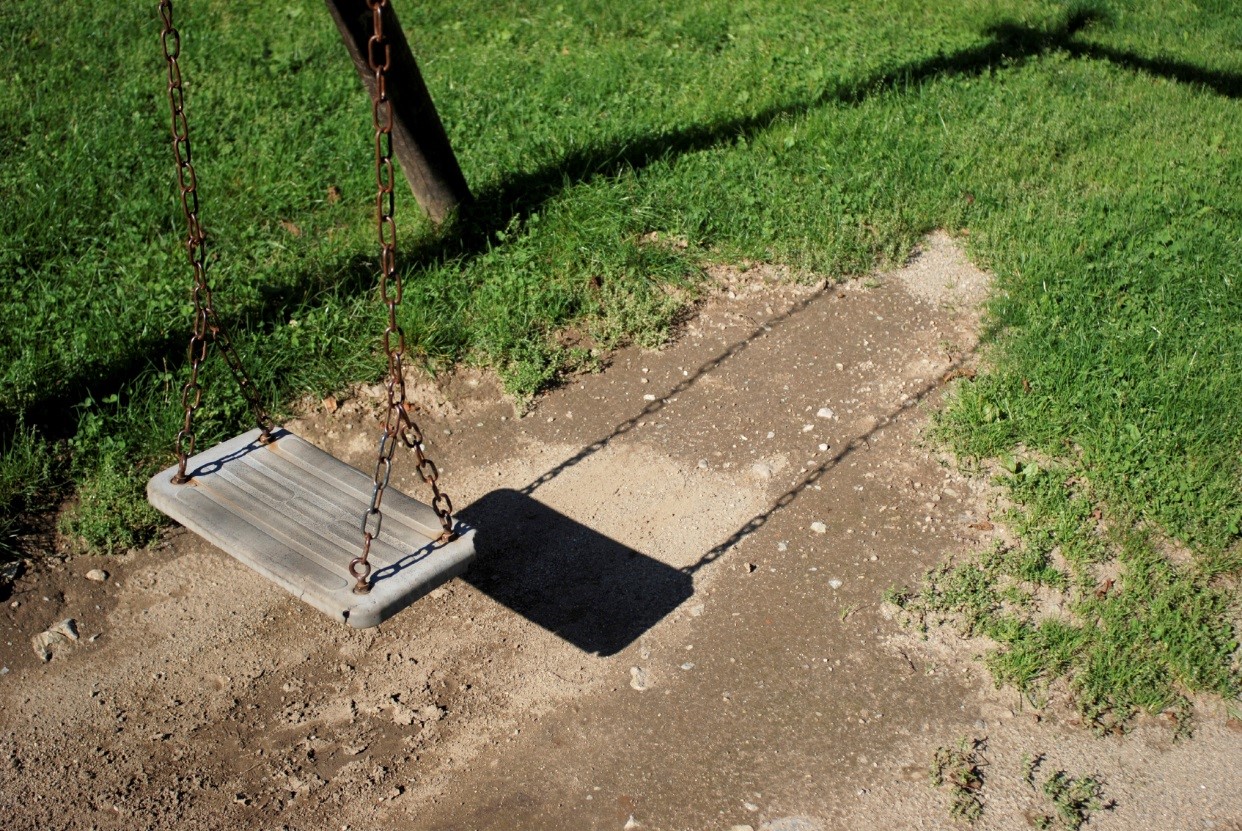What are Child Fatalities and Near-Fatalities?
The County is required by state law to review each death or near-death of a child and use the information to improve practice and systems. The 2008 Act 33 Amendment to the Child Protective Services law requires state and local reviews of all child fatalities and near-fatalities that result from suspected child abuse.
What can the dashboard tell us?
This dashboard and series of reports describes findings and outcomes from child fatality/near-fatality (CFNF) reviews. Information about the incidents–including victim and perpetrator demographics, cause of death/injury and families’ prior involvement with the child welfare system–is available in these reports as well as case practice and system reforms enacted to reduce the likelihood of future child abuse-related incidents.
Trouble viewing the dashboard below? You can view it directly here.
How is this information being used?
In addition to the state required reporting of child fatalities and near-fatalities, DHS has used the information to make recommendations to prevent these tragedies in the future. These recommendations include:
- Improved collaboration with medical physicians
- Upstream prevention and intervention services
- Integration of the child welfare system and the substance use treatment system
- Community and firearm violence reduction
- Applying safety science to child protection
In depth explanations of these recommendations can be found in the “current documents” section above.

